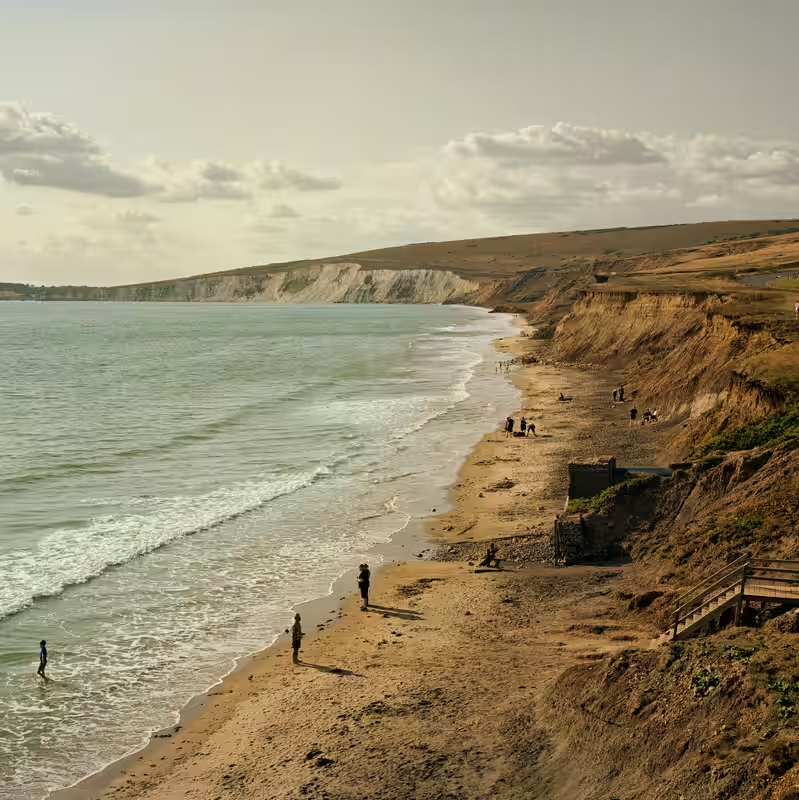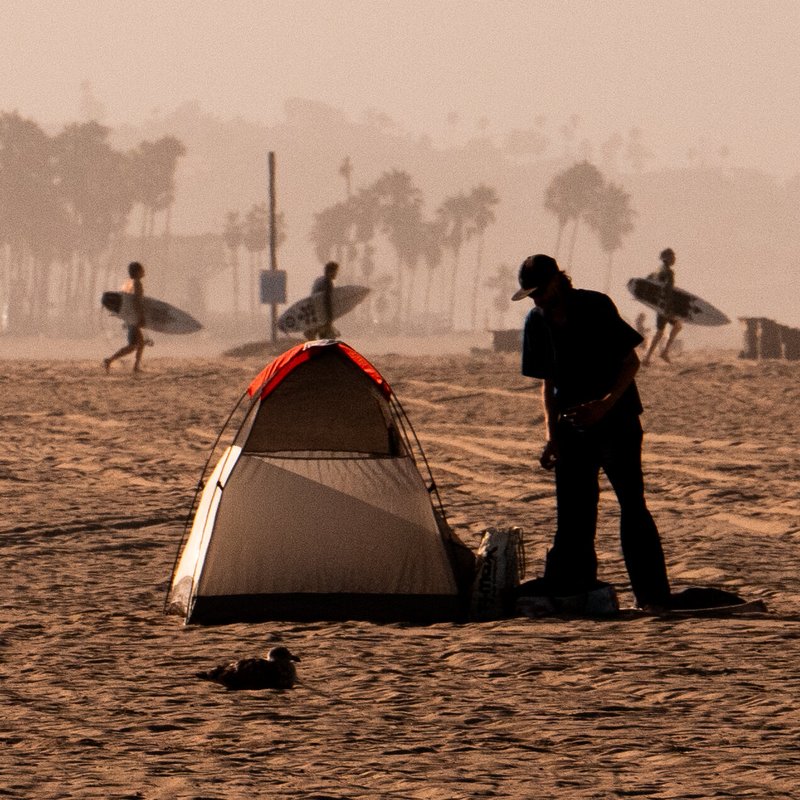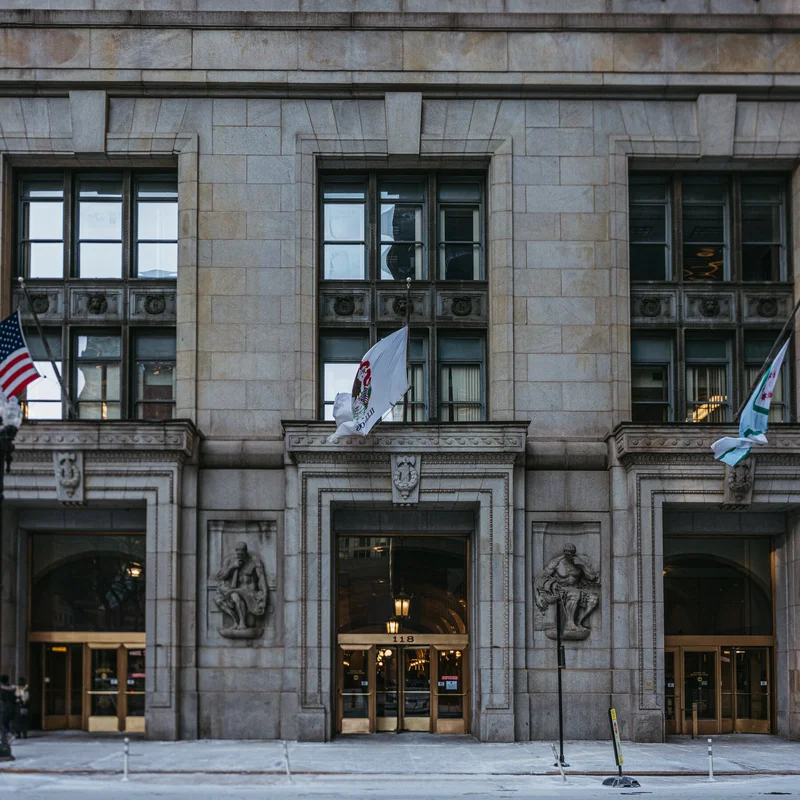From Hendrix to Hard Times: The Isle of Wight’s Economic Crossroads
Once famed for hosting legendary rock festivals with Jimi Hendrix and Bob Dylan, the Isle of Wight now faces a stark economic reckoning. With traditional manufacturing in decline and tourism revenues fluctuating, local leaders are racing to reinvent the island’s economy—or risk watching it fade into obscurity.
Economic Shifts on the Isle of Wight
- Historic Strength: Shipbuilding, aerospace, and electronics manufacturing
- Recent Setbacks: Closure of major factories, job losses in industrial sectors
- Bright Spots: Boutique tourism, renewable energy projects, digital nomad influx
- Key Asset: 57 miles of coastline, UNESCO biosphere reserve status
Infographic: Isle of Wight Economic Snapshot (2025)
| Indicator | 2015 | 2025 (Projected) |
|---|---|---|
| Manufacturing Jobs | 8,200 | 3,400 |
| Tourism Revenue (£M) | £320M | £410M |
| Remote Workers | ~500 | ~2,300 |
| Offshore Wind Investment | None | £180M committed |
The Legacy of the Isle of Wight Festival
In 1970, the Isle of Wight Festival drew over 600,000 people—more than Woodstock—to see icons like Hendrix, The Who, and Dylan. Today, the revived annual festival remains a cultural anchor, but it’s no longer enough to sustain the local economy year-round.
“We can’t live on nostalgia alone,” said Sarah Pembroke, a local business owner in Ryde. “We need infrastructure, broadband, and real investment—not just summer visitors.”
Visual: Coastal Cliffs and Economic Hope

New Strategies for Survival
Local officials are betting on a three-pronged revival plan:
- Green Energy Hub: Partnering with UK government on offshore wind farms and tidal energy R&D
- Digital Island Initiative: Subsidized co-working spaces and fiber-optic expansion to attract remote tech workers
- Heritage Tourism 2.0: Immersive history trails, music heritage museums, and eco-lodges
The island is also exploring a “slow travel” model—encouraging longer stays over weekend getaways—to stabilize income beyond peak summer months.
Challenges Ahead
Despite optimism, hurdles remain: limited ferry capacity, aging population, and competition from cheaper European destinations. Yet residents remain fiercely proud.
“This island raised me,” said Ben Carter, a former aerospace engineer now running a solar startup. “If we can harness our natural beauty and history with modern innovation, we’ve got a fighting chance.”




